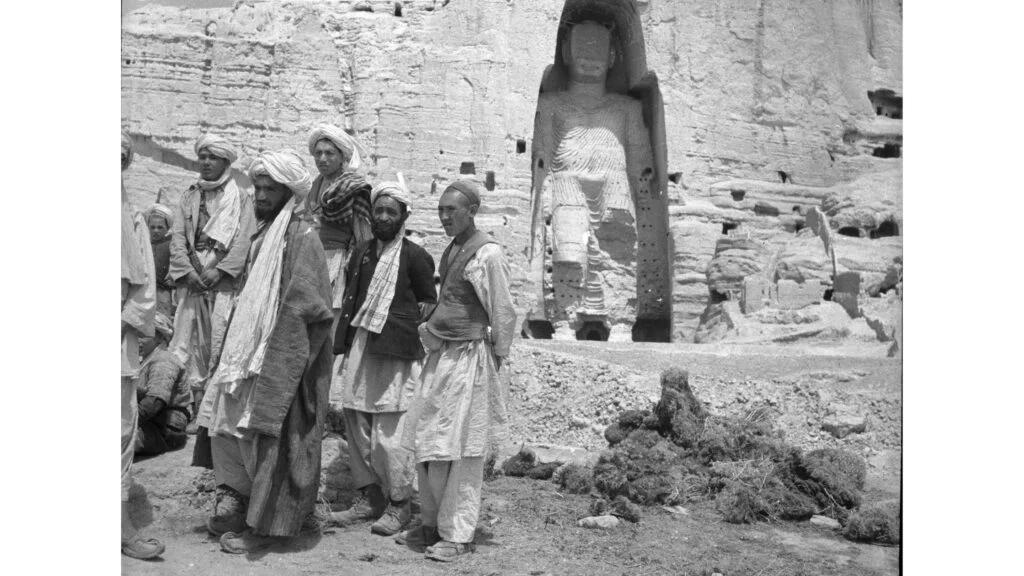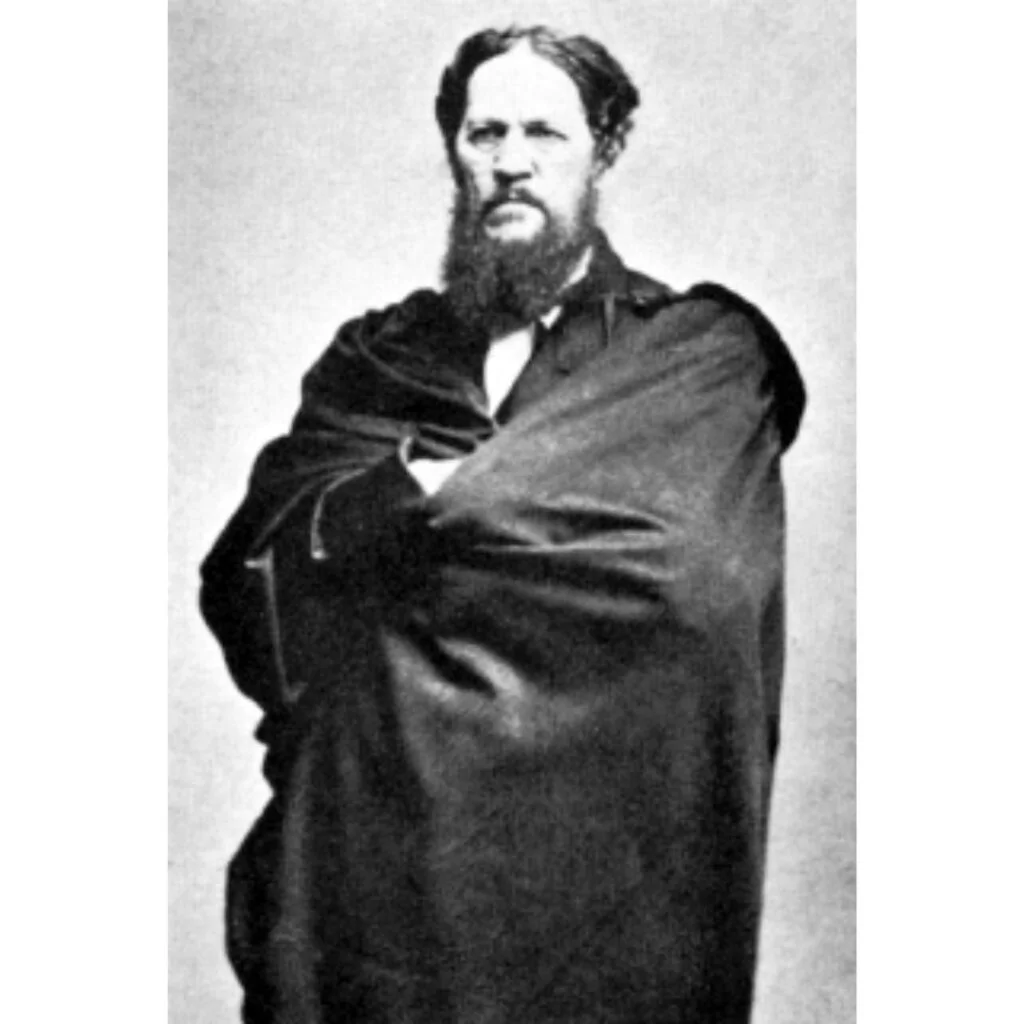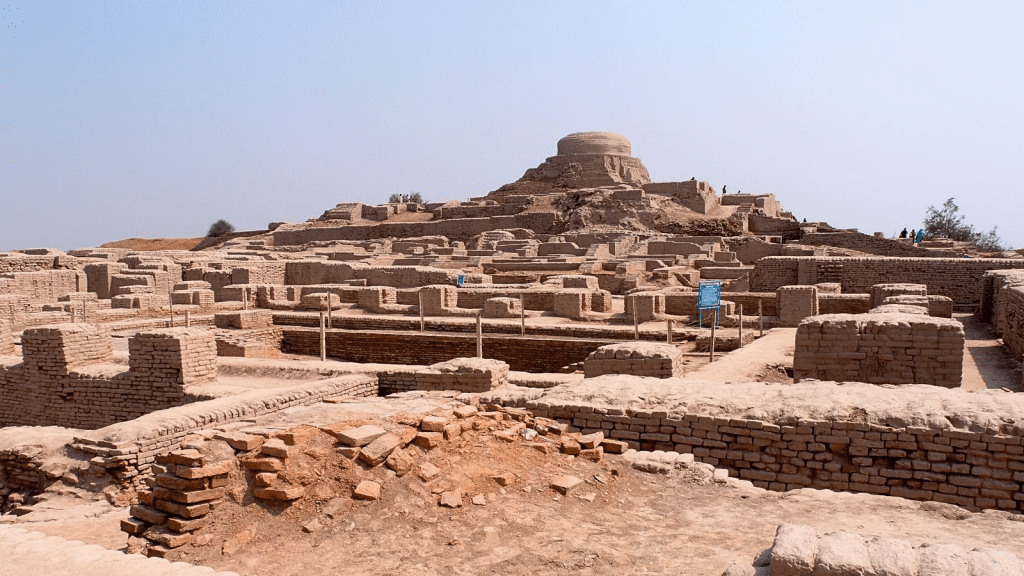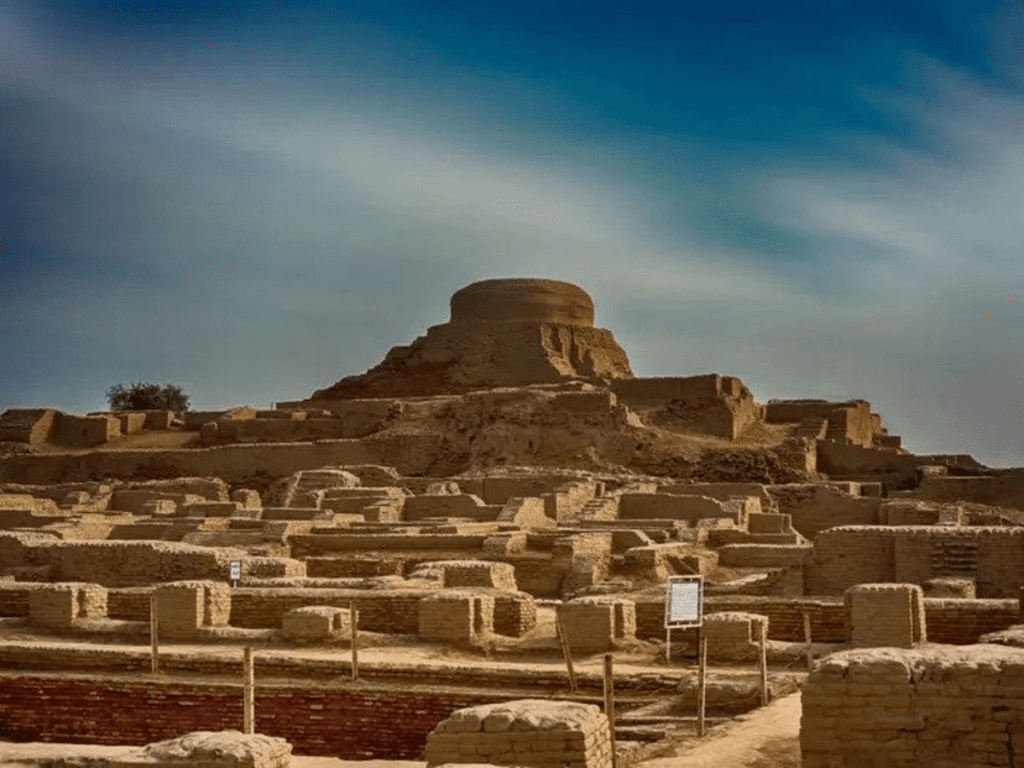In the early 19th century, James Lewis was just another disillusioned soldier in the British East India Company. But after deserting the colonial army, he disappeared into the vast unknown of the Indian subcontinent only to reemerge under a new name, Charles Masson. What followed was one of the most incredible and unlikely contributions to archaeology ever made by a single person.
While on the run from military authorities, Masson wandered through remote regions of what is now Pakistan and Afghanistan. Armed with little more than curiosity, determination, and a keen eye for the ancient, he ended up uncovering the remnants of one of the world’s oldest urban civilizations the long-lost Indus Valley Civilization.

A Soldier Turned Explorer
Born in England in 1800, James Lewis joined the East India Company as a young man. Like many others, he quickly grew disillusioned by its rigid hierarchy and imperial agenda. In 1827, during a military deployment in India, he deserted. Fearing capture and execution, he assumed the alias “Charles Masson” and slipped into the vast frontiers beyond British control.

But Lewis now Masson wasn’t just running away. He was searching for meaning, perhaps even redemption. Along the way, he became a self-taught archaeologist, linguist, and chronicler of the ancient world.
A Journey into the Ruins of the Indus
Between 1827 and 1838, Masson traveled extensively through Baluchistan, Punjab, and Sindh, regions dotted with ruins and mounds that local people had long known but which remained a mystery to the Western world.
Video:
One site in particular called Harappa caught his attention. Though he had no formal training, Masson recognized that the massive brick mounds and carefully laid foundations suggested a complex and ancient settlement. He meticulously recorded his observations and collected seals, pottery, and other artifacts.
Masson didn’t know it at the time, but he was standing atop one of the cradles of human civilization. The ruins he documented were part of a vast urban network that flourished between 2600 and 1900 BCE. Known today as the Indus Valley Civilization, it rivaled Egypt and Mesopotamia in scale, organization, and sophistication.

Unrecognized in His Lifetime
Despite his remarkable discoveries, Masson’s contributions were overlooked during his lifetime. His notes, sketches, and collections were sent to the British Museum, where they were largely shelved and forgotten. At the time, no one fully grasped the significance of the ruins he had described.
It wasn’t until the 1920s, nearly a century later, that British archaeologists John Marshall and Daya Ram Sahni began systematic excavations at Harappa and Mohenjo-daro. These digs confirmed what Masson had first glimpsed the Indus Valley Civilization was real, vast, and thousands of years old.
Masson had unknowingly provided the earliest written record of one of the most important archaeological discoveries of the 20th century.

A Rebel, a Recorder, a Reluctant Hero
Masson was a man of contradictions. He was a fugitive, yet a meticulous documentarian. He distrusted imperial power, yet his findings ended up in British museums. He lived in obscurity, yet his work ultimately rewrote the early history of South Asia.
Video:
“The Lost Civilization: When the British Ignored the Discovery of Harappa!”ṁ
In his later years, Masson returned to England, largely forgotten by the establishment he once defied. He died in poverty in 1853, unaware that his rough field notes and humble sketches would later earn him recognition as the first European to document the Indus Valley Civilization.
Conclusion: A Legacy Carved from Curiosity
The story of Charles Masson reminds us that history isn’t always rewritten by scholars in ivory towers. Sometimes, it’s reshaped by individuals on the fringes those who ask questions, follow instinct, and look at the world differently.
His accidental encounter with an ancient civilization while fleeing one of history’s most powerful empires proves that even in the most unexpected lives, there lies the power to change our understanding of the past.
The Indus Valley Civilization was buried beneath centuries of silence. But thanks to a wandering rebel with a notebook and a new name, its story began to rise from the dust once again.


